As World War I dragged on, an unexpected group became known for being ruthless. Canadians, stereotyped as friendly, kind and agreeable, certainly displayed none of these characteristics when it came to taking on their enemies. While they didn’t arrive on the Western Front until 1915, they quickly made a name for themselves as fierce opponents, despite their lack of experience. Canadian soldiers were known their bravery, and they were viewed by the Germans as a tough group to contend with.
Canadian involvement in World War I
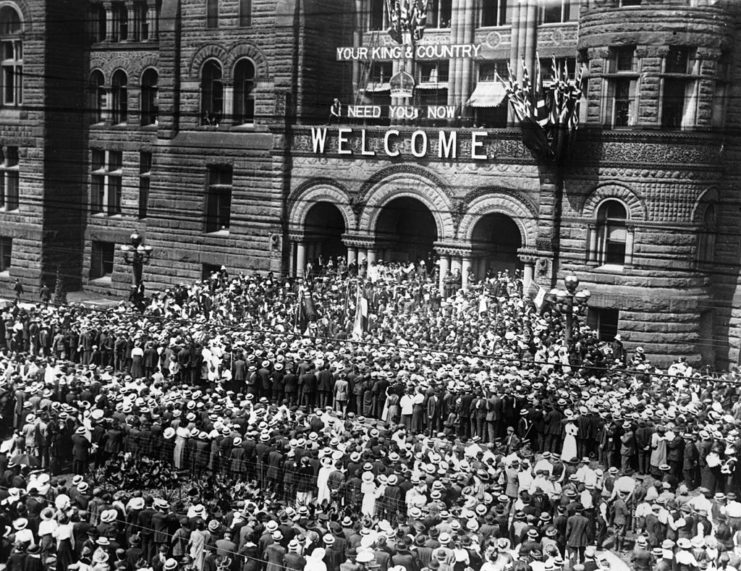
When the First World War broke out, Canada entered the fight as a dominion of Britain. Unlike many of its allies, however, the country had a very small standing army, meaning officials needed to rapidly fill their ranks. They did so with little-to-no difficulty, as Canadians from all over the country enthusiastically signed up to fight overseas, alongside the British.
Everyone who enlisted formed the Canadian Expeditionary Force (CEF), a brand new field force that was different from the pre-existing Canadian Militia. The first group traveled to England for training, before being sent to the Western Front. The first large-scale engagement the Canadians were involved was the Second Battle of Ypres, notoriously known as the first time the Germans used poison gas on massive numbers of soldiers.
Beginning of the Canadians’ legacy
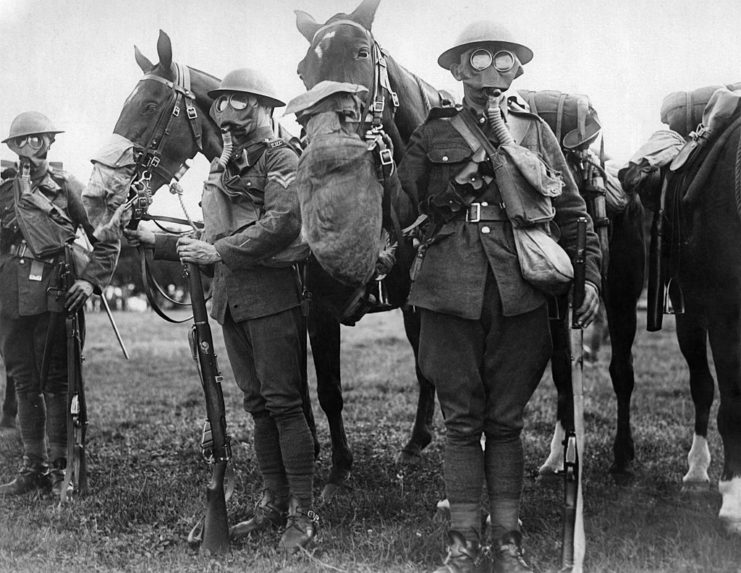
The Canadians were positioned in the Ypres Salient, with the British on the right and the French on their left. When the Germans released the first round of poison gas, the French were largely diminished, leaving the Canadian soldiers exposed. Not only were they open to the enemy, but they were also exposed to a second German gas attack two days later. Despite this, they still managed a controlled retreat while awaiting British reinforcements.
The Canadians’ earned themselves a reputation as tough and dependable in this first major engagement, which would only be further reinforced as the war went on. In addition to being solid troops, they became known as some of the most ruthless among their enemies. Although the reason for their ruthlessness isn’t known, some historians think it may have been because Canadian units were hit hardest by the unexpected gas attacks during the Second Battle of Ypres.
Canadian soldiers weren’t friendly with the German enemy
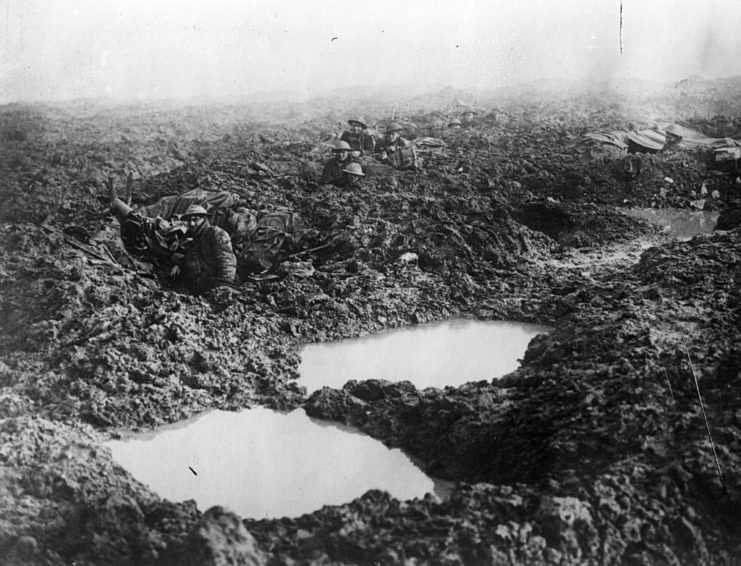
The Canadians quickly became known as some of the most merciless combatants. They rarely took any prisoners of war, recalling that, if they did, the POWs would get a share of their rations. When they did capture enemy soldiers, however, they were known to have “the worst reputation for acts of violence against prisoners.”
Perhaps one of the most shocking instances of Canadian cruelty was when they were socializing with German soldiers. They would throw cans of corned beef across the trenches, and when the enemy troops yelled for more, the Canucks responded by throwing an armload of grenades at them instead.
Pioneers of the trench raid
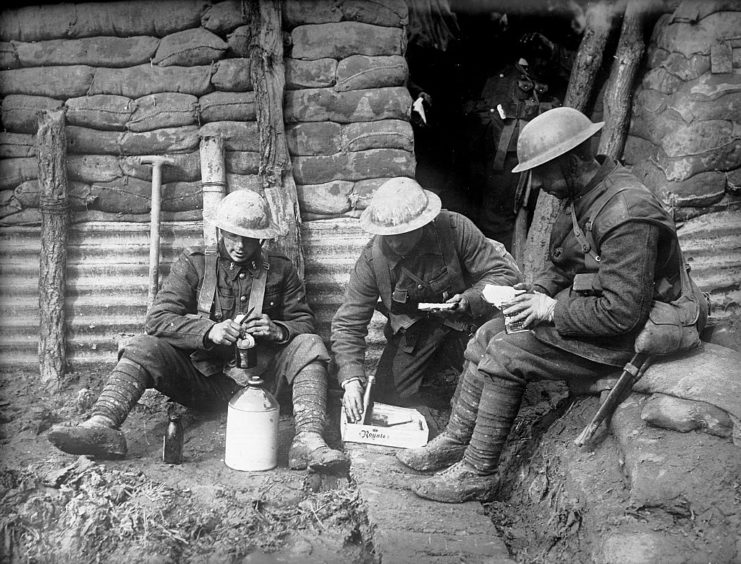
Not only were Canadians known for their behavior from within their own trenches, they also became known for their dedication to trench raids, which were commonplace during WWI. They were conducted in the earliest years of the conflict by other forces, but the Canadians started conducting large scale raids when they arrived on the Western Front.
Trench raids were incredibly dangerous, as they required soldiers to come out of the cover of their trenches to cross No Man’s Land, in an attempt to gain access to enemy trenches. The goal of conducting these raids varied. They could be done to kill the enemy, destroy parts of their trench systems and fortifications, or gain important intelligence. They also served a psychological purpose, as the soldiers didn’t have to wait for an enemy shell to hit their own trench.
Perfecting their skills
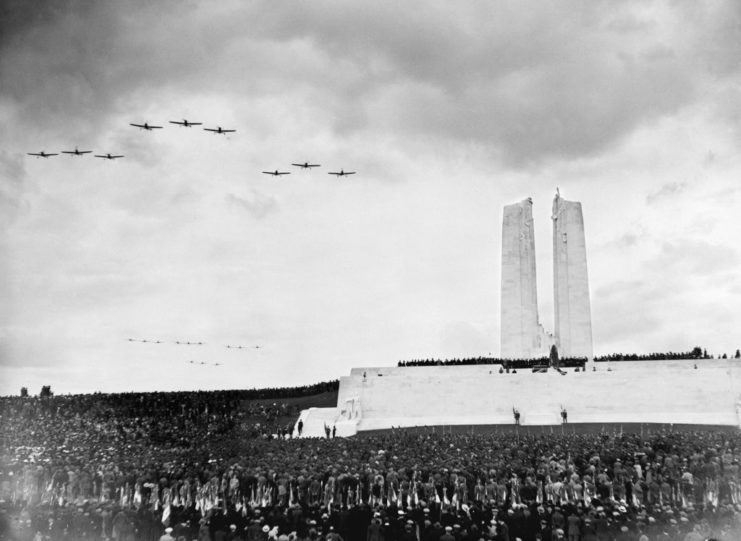
As they say, practice makes perfect, and the Canadians certainly honed their skills through practice. They became known as some of the most enthusiastic when it came to performing trench raids. They wore thick black gloves and would paint their faces black, so it was harder to see them as they moved stealthily toward an enemy trench.
“The Canadians transformed trench raiding to a deadly art, which wore away at the enemy’s morale and strength as he was kept taut and nervous whenever opposite the ‘wild colonials,’” said Tim Cook in a paper for the Canadian War Museum.
Real-life stormtroopers
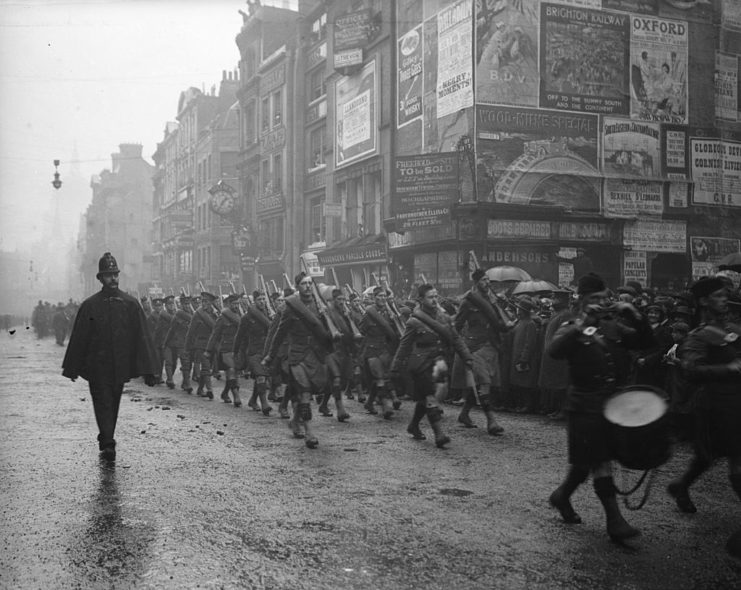
The Canadians’ legacy in the First World War is one that’s exemplified by how they were viewed by those who fought with and against them. After facing Canadian soldiers at the Battle of the Somme, the Germans began calling them “Sturmtruppen,” or “Stormtroopers,” because of their bravery and speed in battle.
In an interview with Explorica, author and historian Dee Dauphinee explained the shift, saying, “After the war, the entire world knew what Canada had contributed to the effort.” He added, “Canada was never again thought of as a ‘Little Brother’ dominion of Britain…they had earned a seat in that little railroad car, parked outside of Versailles. And they had earned it the hard way.”
